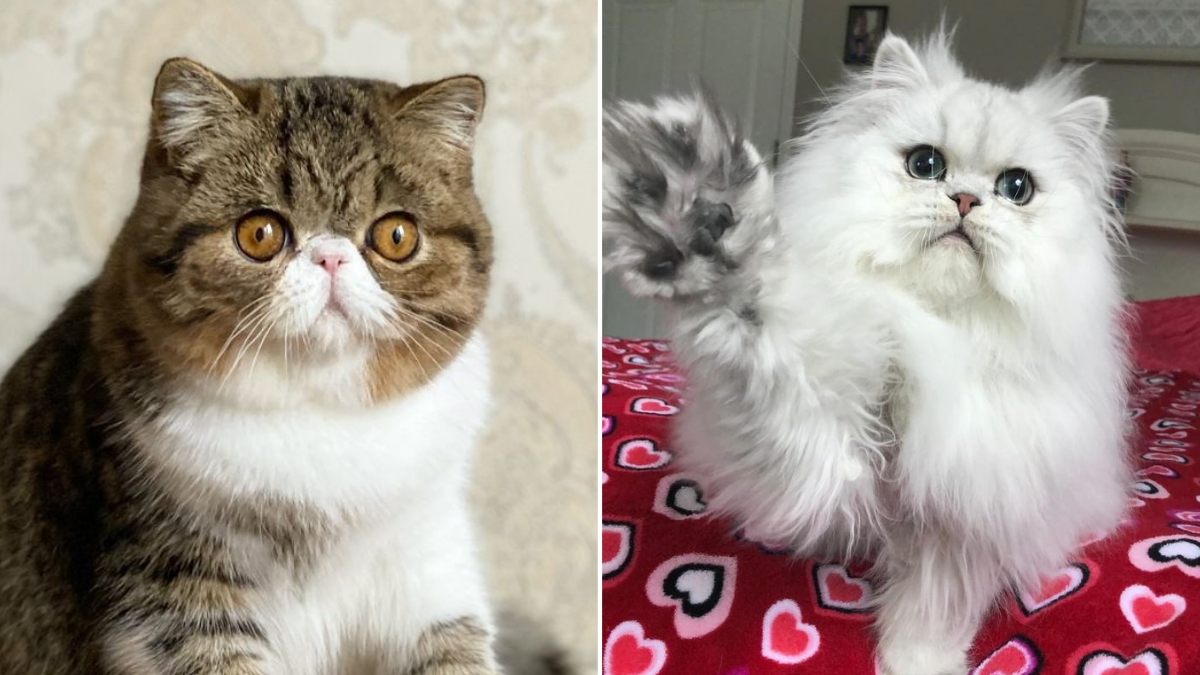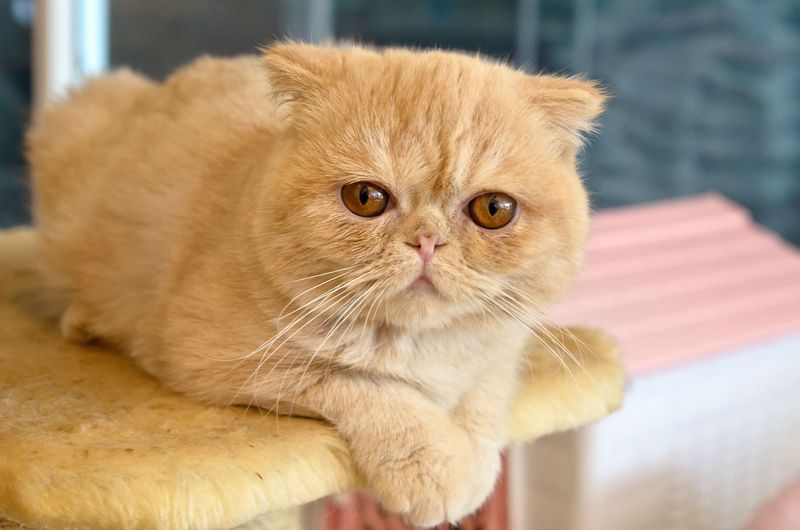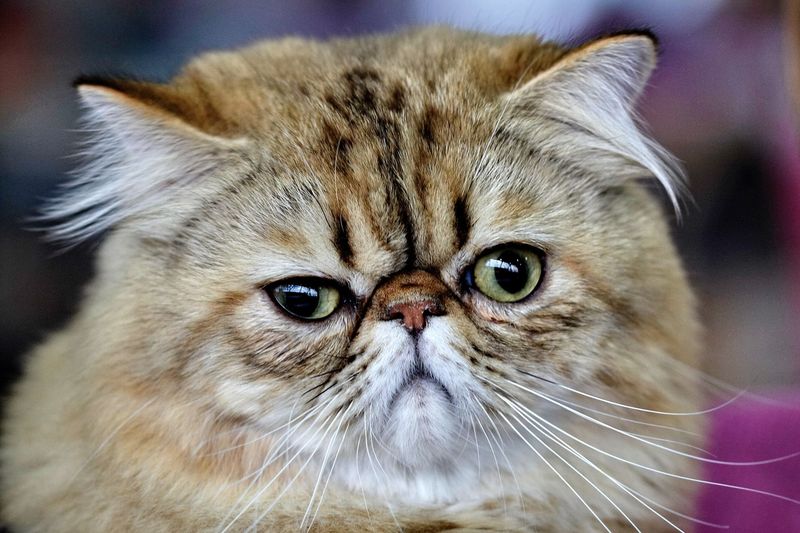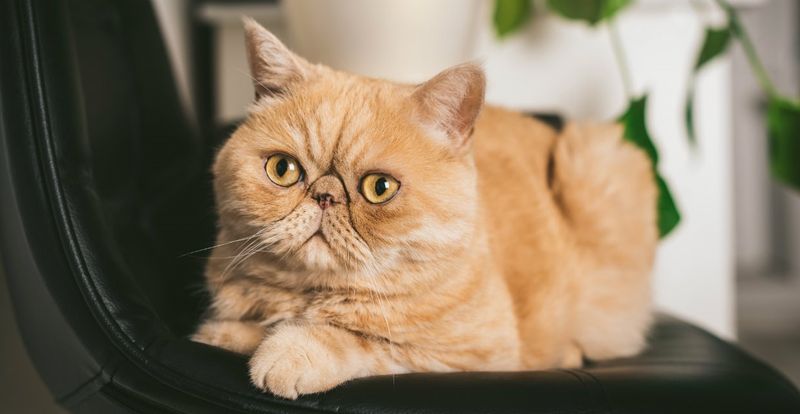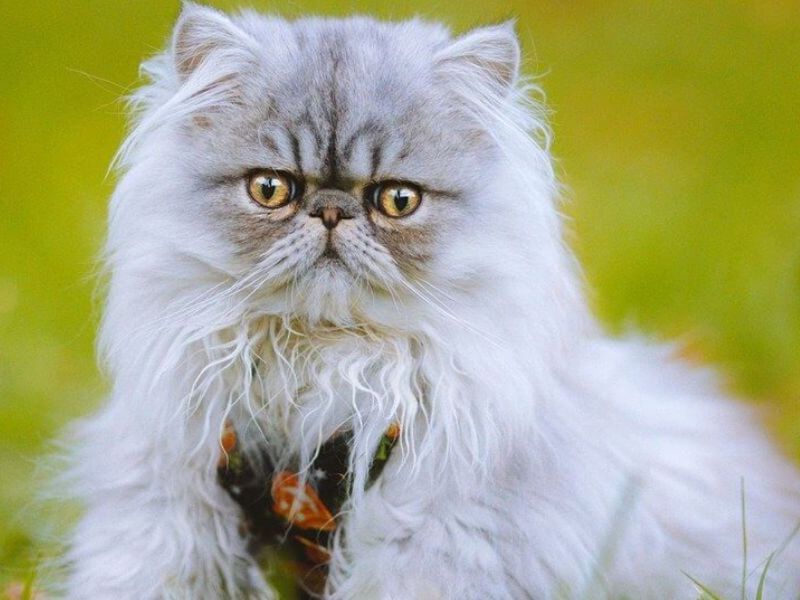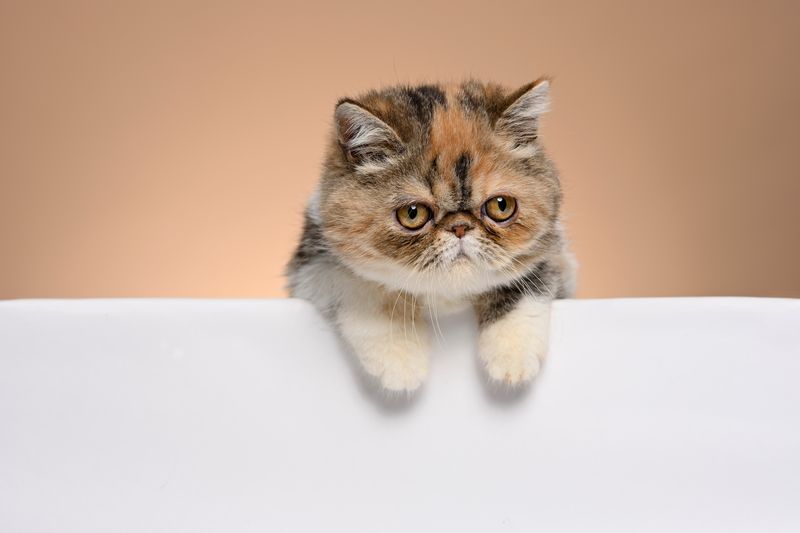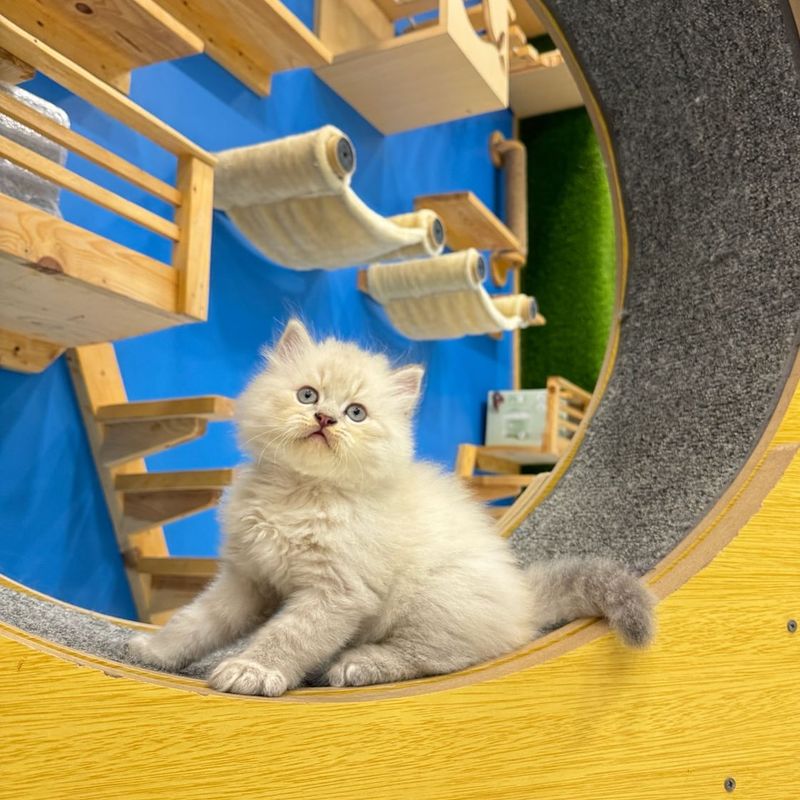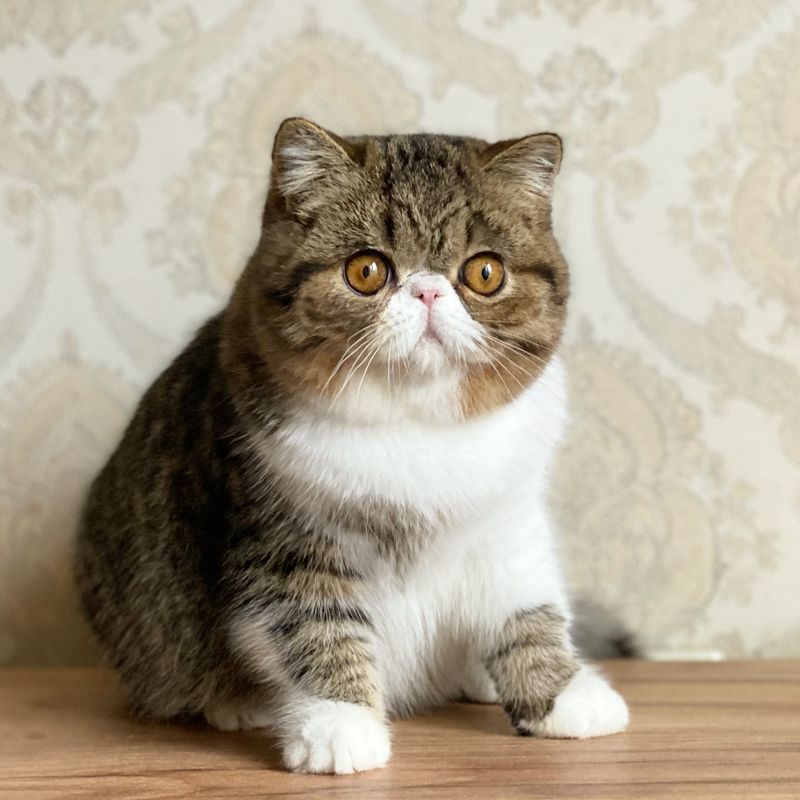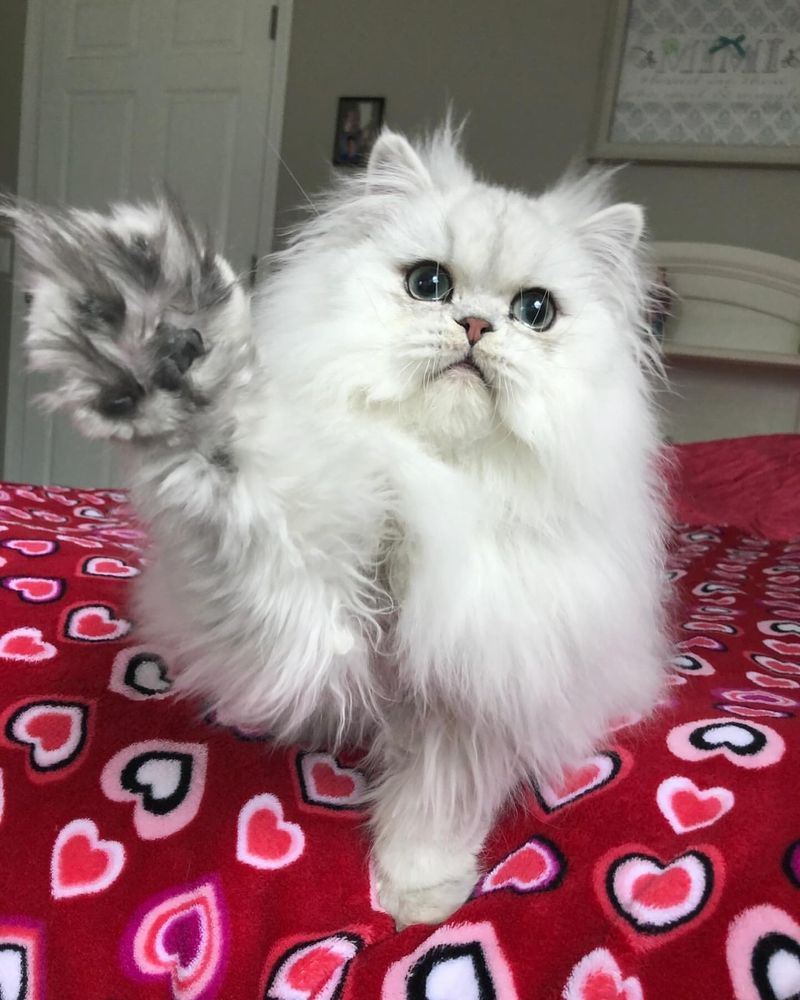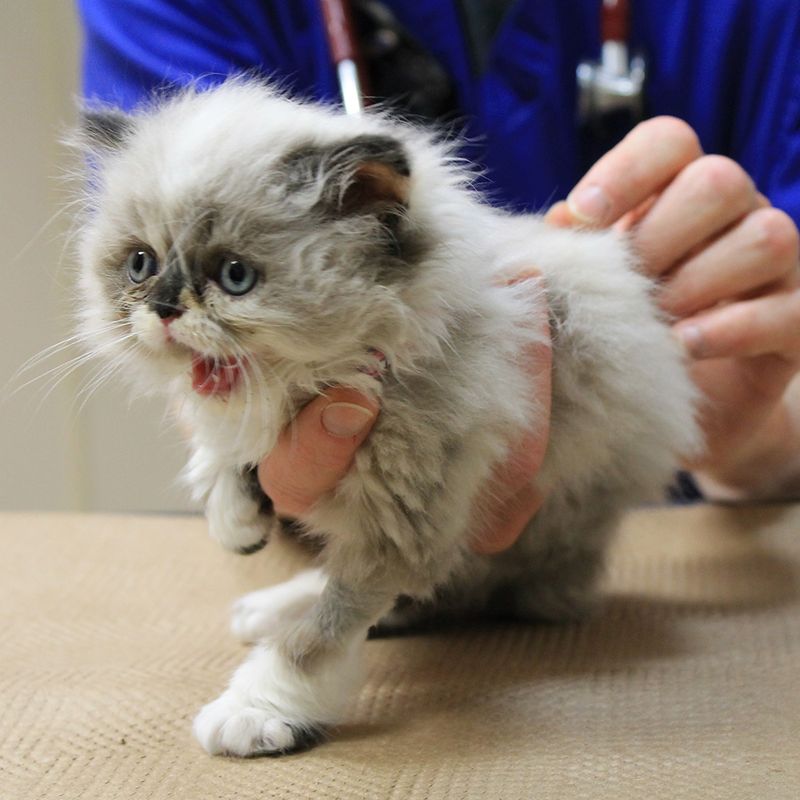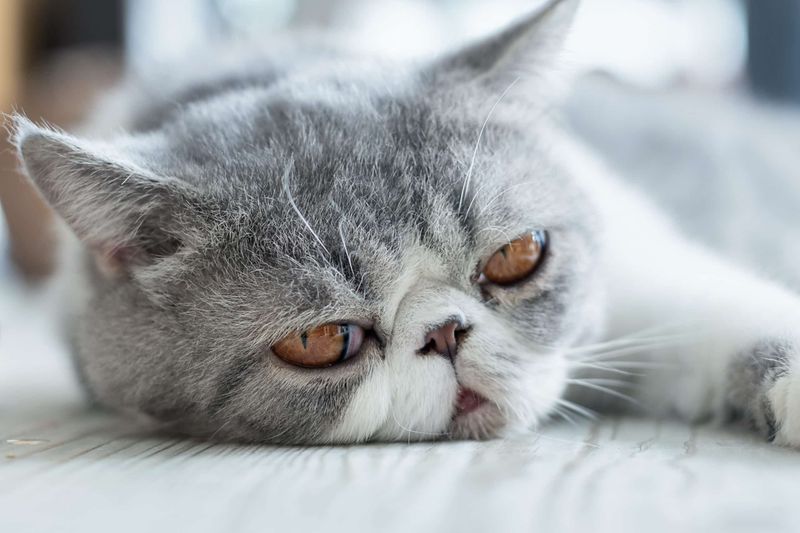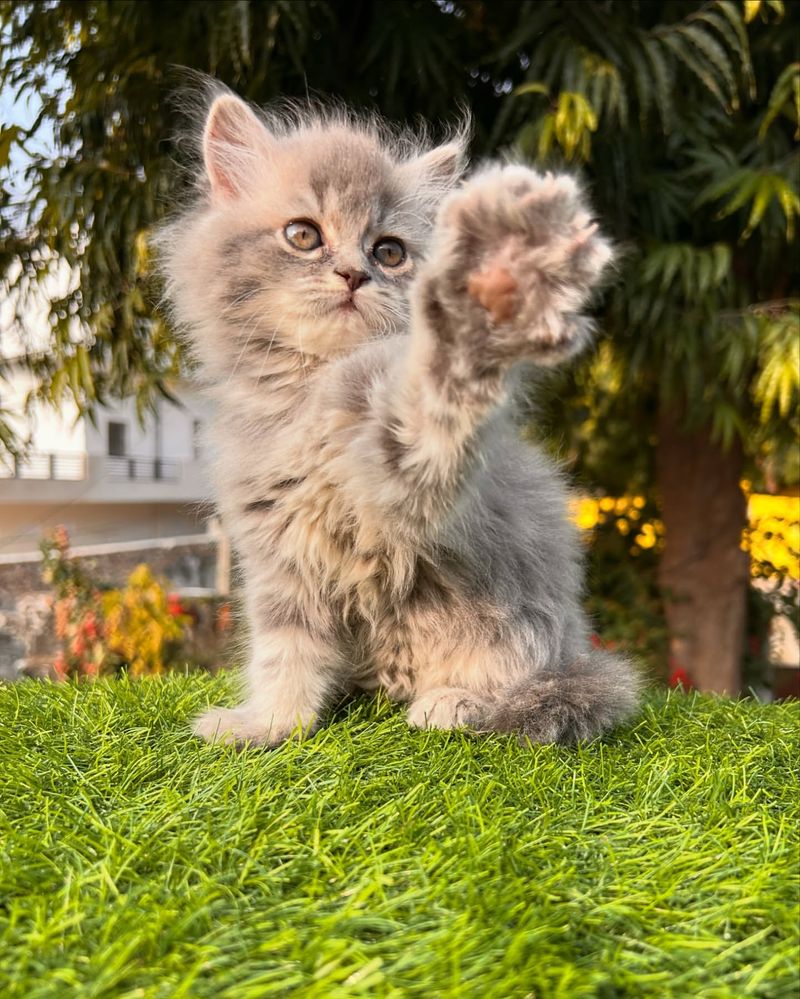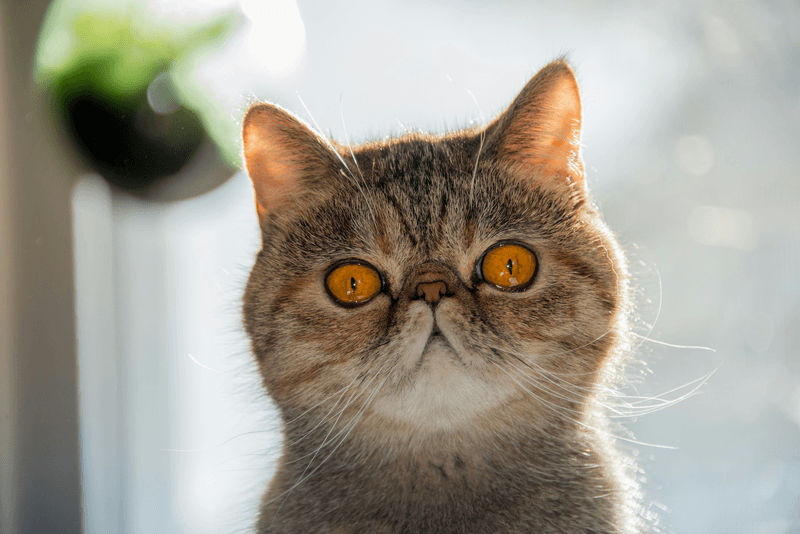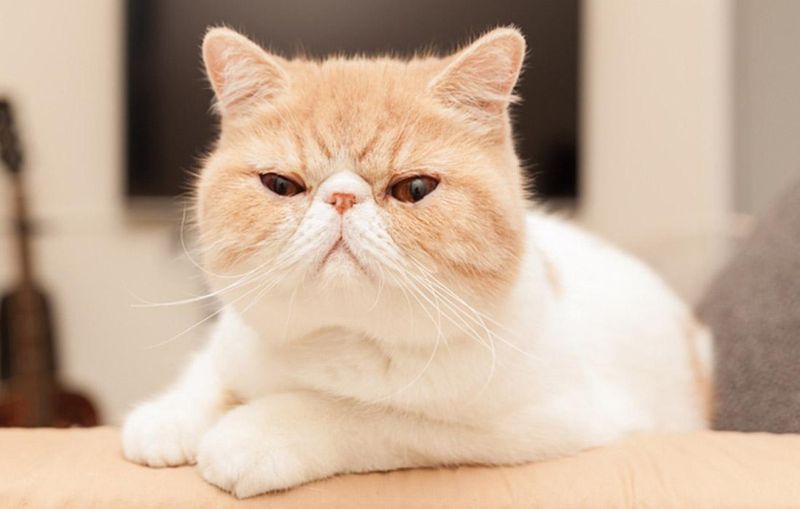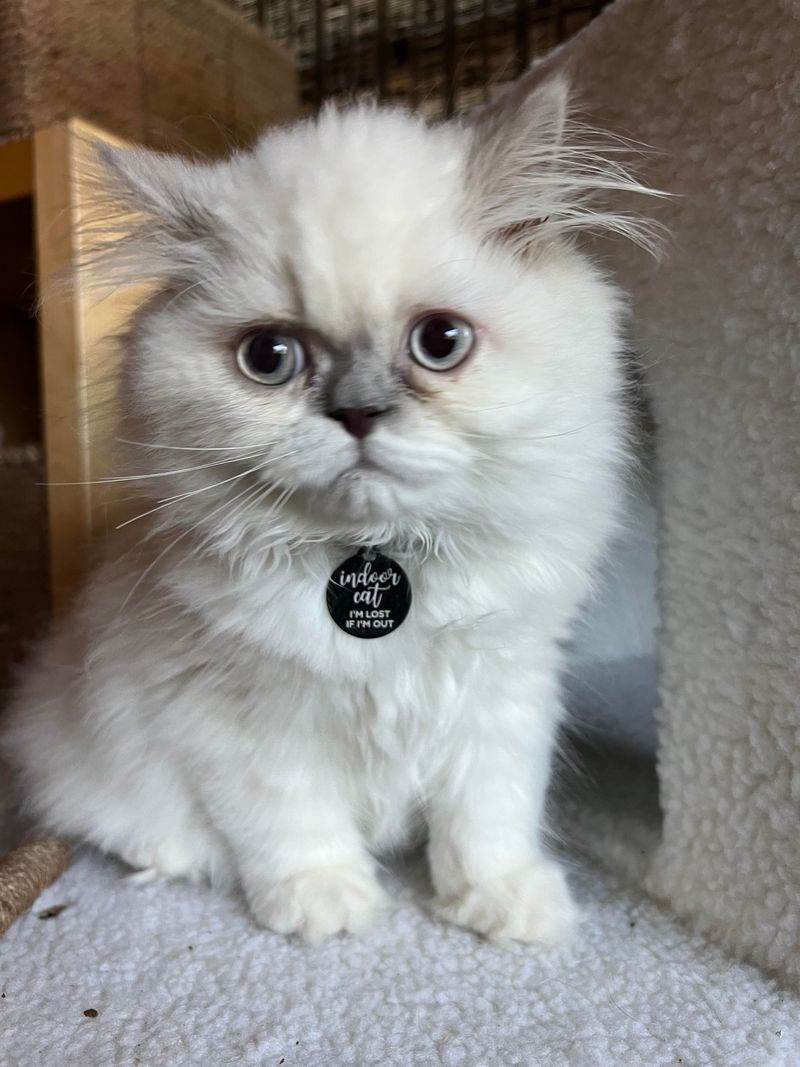📖 Table of Content:
- 1. Coat Length Differences
- 2. Face Shape Variety
- 3. Grooming Requirements
- 4. Size and Build
- 5. Vocalization Habits
- 6. Exercise Preferences
- 7. Personality Traits
- 8. Adaptability
- 9. Health Considerations
- 10. Eye Shape and Size
- 11. Activity Levels
- 12. Social Tendencies
- 13. Development and Maturity
- 14. Tear Production and Facial Care
Exotic Shorthairs and Persians are two beloved cat breeds, each with its own unique charm and character. Both breeds are known for their distinctive looks and affectionate nature, but there are key differences that set them apart. Understanding these differences can help potential cat owners choose the breed that best fits their lifestyle and preferences.
While the Persian cat is renowned for its long, luxurious coat and calm demeanor, the Exotic Shorthair offers a similar look with a more manageable short coat. These contrasting physical traits also influence their grooming needs and overall care. Beyond appearance, the personalities of these cats differ, with the Persian being more laid-back and the Exotic Shorthair often more playful and active.
Whether it’s the Persian’s regal elegance or the Exotic Shorthair’s affectionate and easygoing nature, both breeds have a lot to offer. Choosing the right one depends on factors like maintenance, activity level, and personal preference. Exploring the differences between them can help cat lovers make an informed decision when adding a new feline friend to the family.
1. Coat Length Differences
With their plush, dense coats, Exotic Shorthairs differ greatly from Persians, who are known for their long, luxurious fur. This contrast in coat length plays a significant role in their grooming needs. While Persians require more frequent attention, the Exotic Shorthair offers a more manageable grooming routine.
In contrast, Persians need daily brushing to prevent tangles and mats, demanding more time and attention. The unique coats of each breed contribute to their distinct appearances, with the Persian’s elegant fur creating a regal look.
Both breeds offer a tactile delight, but the Exotic Shorthair’s short coat requires less upkeep, making them appealing to busy cat lovers.
2. Face Shape Variety
The face of Exotic Shorthairs is round and wide, while Persians have a distinct flat, pushed-in face. This difference is more than aesthetic; it affects health and breathing. Exotic Shorthairs often face fewer respiratory issues compared to Persians.
The facial structure of Persians can lead to tear staining and breathing challenges, requiring extra care. Owners must be diligent in cleaning their Persian’s eyes to maintain comfort and hygiene.
These facial distinctions also influence the breeds’ expressions, giving Exotic Shorthairs a more alert look and Persians a serene, contemplative appearance.
3. Grooming Requirements
Grooming is a notable difference between these breeds. Exotic Shorthairs typically require weekly brushing to maintain their dense coat. This minimal grooming helps keep their fur tidy without much effort.
Persians, however, demand a rigorous grooming schedule. Daily brushing is essential to prevent mats and tangles in their long, luxurious fur. Regular bathing and trimming might also be necessary.
The grooming needs of Persians can be time-consuming but are crucial for their health and appearance. Exotic Shorthairs appeal to those seeking a low-maintenance pet, while Persians suit owners ready for a grooming commitment.
4. Size and Build
Exotic Shorthairs generally showcase a more muscular and robust build compared to Persians. This physical difference contributes to their agility and playful nature. Their strong, compact bodies are well-suited for active play and exploration.
Persians, with their fluffy and rounded appearance, tend to have a softer, more delicate build. Their elegance is often highlighted by their long, flowing coats, giving them an air of grace.
These physical attributes reflect their individual personalities, with Exotic Shorthairs embodying vitality and Persians exuding a calm, gentle demeanor, each appealing to different lifestyle preferences.
5. Vocalization Habits
Both breeds exhibit distinct vocalization habits. Exotic Shorthairs are known for their soft, gentle meows and occasional chirps. They communicate playfully but are generally not overly vocal, making them suitable for quieter households.
Persians, on the other hand, are even quieter. They often communicate non-verbally, using their expressive eyes and subtle gestures to convey feelings.
The minimal vocalization of both breeds is appreciated by owners who prefer a tranquil home environment. Their ability to express needs and emotions subtly adds to their charm, creating a peaceful atmosphere.
6. Exercise Preferences
These cats thrive on interactive play, often climbing, jumping, and exploring their environment. Their love for active pursuits keeps them both healthy and entertained, making them well-suited to homes with plenty of playtime. This energetic nature makes them ideal for households where engagement and activity are part of daily life.
Persians, conversely, prefer more relaxed activities. They enjoy gentle play and leisurely strolls but are less inclined to vigorous exercise.
These exercise preferences highlight the breeds’ diverse lifestyles. Exotic Shorthairs thrive on interaction and activity, while Persians offer companionship marked by calmness and grace, aligning with different owner activity levels and home settings.
7. Personality Traits
Known for their loving and playful temperament, these cats quickly form strong bonds with their family members. Their engaging personalities make them wonderful companions, especially for children and active households.
Persians exhibit a calm and gentle temperament, often seen as regal and composed. They prefer serene environments, making them suitable companions for older adults or those who appreciate tranquility.
These personality traits are essential considerations for potential pet owners, with Exotic Shorthairs offering playful engagement and Persians providing a soothing presence, each fulfilling different emotional and lifestyle needs.
8. Adaptability
Praised for their flexibility, these cats easily adapt to new environments and changes in routine. This trait makes them ideal companions for families or individuals who move often. Their ability to settle into different settings with ease adds to their appeal as versatile pets.
Persians, in contrast, thrive in stable, familiar environments. They prefer routine and can be sensitive to change, making them ideal for owners with consistent lifestyles.
These adaptability differences provide insights into each breed’s compatibility with various living situations. Exotic Shorthairs are versatile and accommodating, while Persians offer steadfast companionship in stable settings, catering to different owner preferences.
9. Health Considerations
Exotic Shorthairs are typically more robust, with their solid builds helping them maintain good health. However, like all cats, they can still be susceptible to common issues, such as heart disease. Their resilience often allows them to manage these conditions better than some other breeds.
Persians are prone to specific health challenges, including respiratory issues due to their flat faces and kidney disease. Regular veterinary care is essential to manage these concerns.
Understanding these health considerations is crucial for potential owners. Exotic Shorthairs offer fewer health challenges, while Persians require attentive care to maintain health and well-being, each presenting unique responsibilities.
10. Eye Shape and Size
Eye characteristics help define these breeds. Exotic Shorthairs feature round, wide eyes that convey curiosity and alertness. Their eye shape enhances their playful and engaging personality.
Persians possess large, expressive eyes that add to their serene and gentle demeanor. Their eyes often require careful cleaning to prevent staining and maintain health.
These eye differences contribute significantly to the breeds’ overall expressions. Exotic Shorthairs’ eyes are lively and inquisitive, while Persians’ eyes offer a window into their calm and composed nature, each appealing to different aesthetic and personality preferences.
11. Activity Levels
Exotic Shorthairs and Persians have different energy vibes. The Exotic Shorthair is more lively, often enjoying playful bursts and a touch of mischief. Their fun-loving nature makes them dynamic companions, always ready for a game or a cuddle.
Persians, with their laid-back temperament, prefer minimal activity, content with simple, relaxed play. Their calm presence is soothing and ideal for tranquil settings.
These activity differences align with potential owners’ lifestyle preferences. Exotic Shorthairs suit those seeking interactive play, while Persians offer peace and relaxation, each providing companionship through different activity levels.
12. Social Tendencies
Social skills vary between these two breeds. Exotic Shorthairs are social and enjoy interacting with multiple family members, thriving in lively households. Their friendly demeanor makes them accessible and engaging companions.
Persians are more reserved, often forming deep bonds with a single person. Their preference for quiet companionship suits those seeking a calm, devoted pet.
These social tendencies cater to different owner preferences. Exotic Shorthairs fit well in bustling environments, while Persians offer focused companionship, each enriching their owners’ lives through distinct social dynamics.
13. Development and Maturity
Exotic Shorthairs reach full physical maturity much faster than their Persian relatives. Most Exotics complete their growth cycle within 1-2 years, while Persians can take up to 4 years to fully develop their signature look and physique.
This difference affects not just their appearance but also their behavior patterns. Young Exotics tend to settle into their adult personalities earlier, making them more predictable pets for families seeking consistency. Persians undergo a longer kittenhood phase with more developmental changes along the way.
For first-time cat owners, this maturity timeline matters when planning for a pet’s integration into the household. The quicker maturation of Exotics means less waiting time to see the full-grown cat you signed up for.
14. Tear Production and Facial Care
Unlike their Persian counterparts, Exotic Shorthairs typically produce fewer tears and experience less staining around their eyes. The facial structure remains similar between breeds, but the reduced fur length around an Exotic’s face means fewer places for tears to collect and stain.
Daily facial cleaning becomes a significant time commitment for Persian owners. Those distinctive tear tracks require gentle wiping with specialized products to prevent skin irritation and discoloration. Exotic parents enjoy a much lighter maintenance routine, often needing only occasional checks rather than daily cleansing.
This tear difference creates a practical consideration for potential owners with busy schedules or those who prefer lower-maintenance pets. The reduced grooming needs make Exotics more suitable for first-time cat owners.
